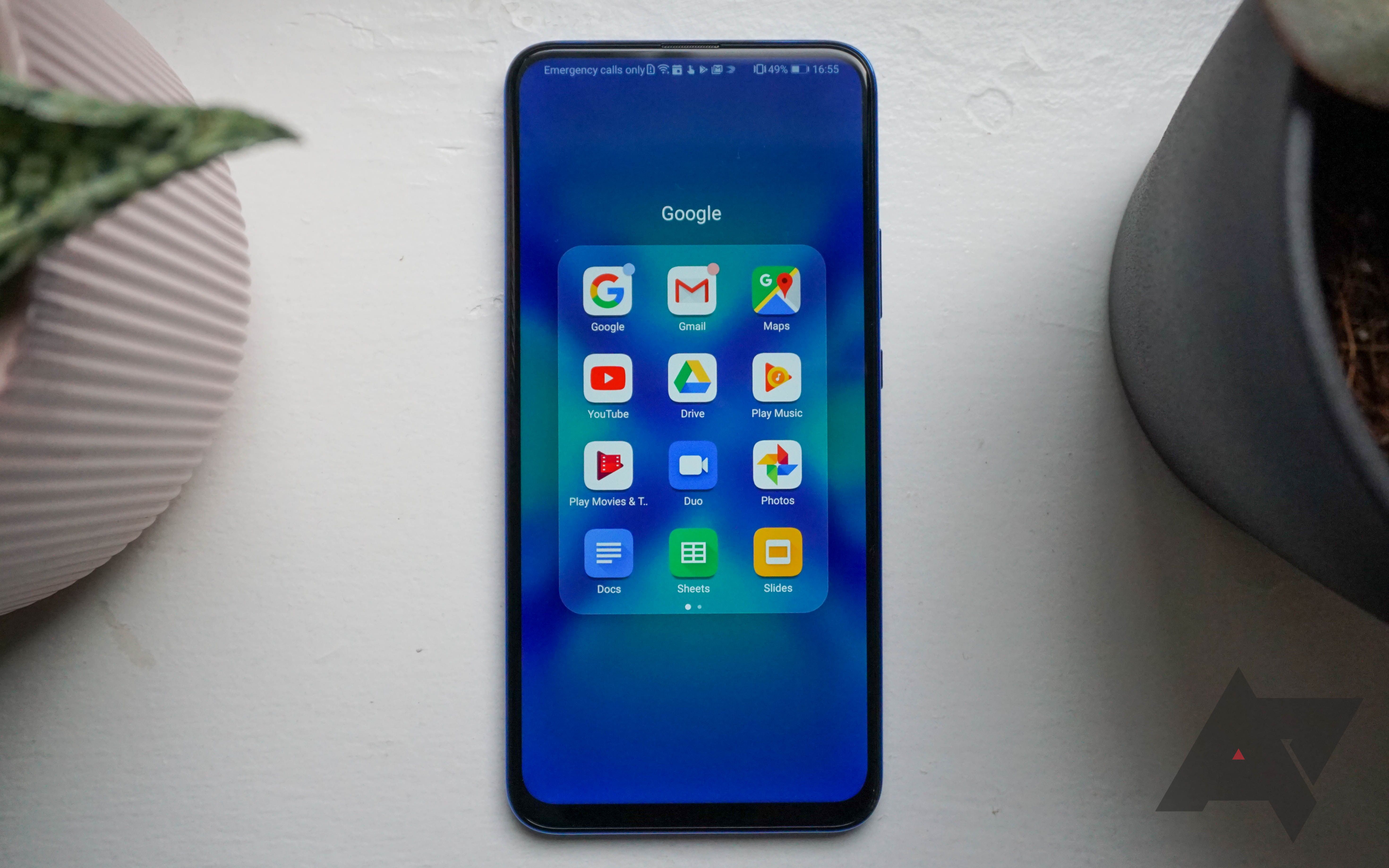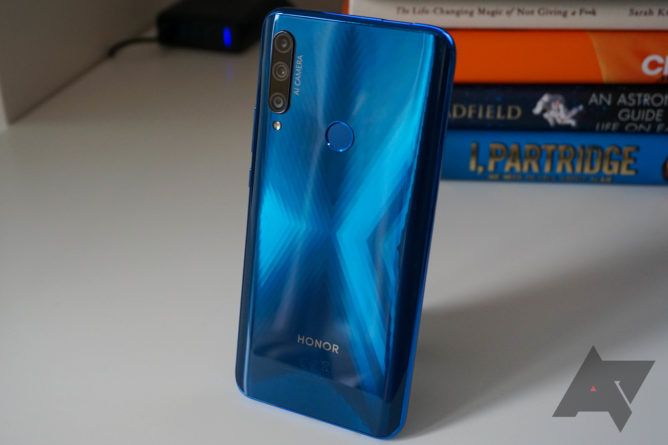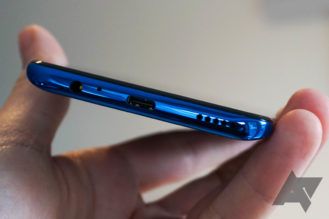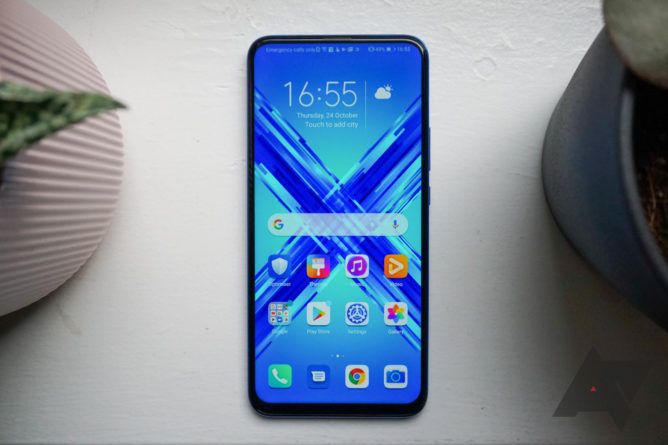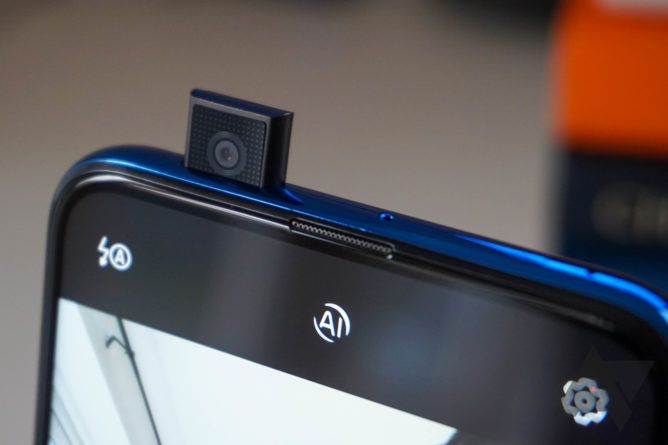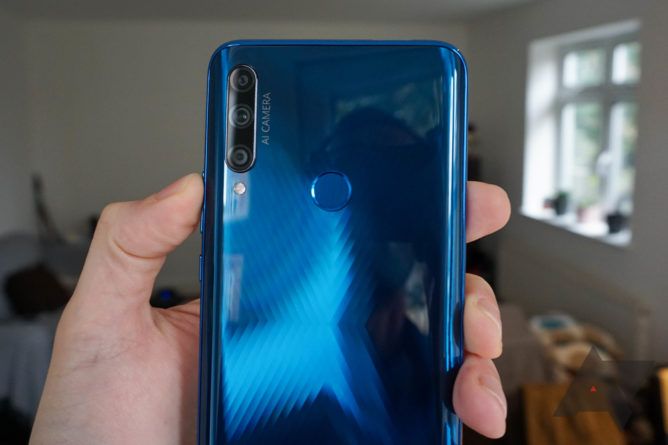In view of the ongoing US-China trade war and the ban imposed on Huawei that restricts it from launching new phones with Google apps and services, you’d be forgiven for thinking the latest phone from sub-brand Honor was dead on arrival. And yet that’s not the case as the Honor 9X is packing all the Google goodness you’d usually expect. It’s business as usual. The reason for this is that it’s essentially the same device as the Huawei Y9 Prime or P Smart Z in terms of certification (according to Roland Quandt), which was already achieved during the extension period months ago.
So while Huawei’s flagship Mate 30 Pro has yet to come to Europe, the Honor 9X is already on sale in the Netherlands and availability will expand to other countries in the near future. It’s priced at €299 (about $330), which gets you a relatively impressive set of specifications including a triple rear camera array with a 48MP main sensor, a 4,000mAh battery, and even the elusive headphone jack makes an appearance. Unfortunately, the phone doesn’t have NFC for mobile payments, which makes it a much harder sell in much of Europe. It’s a particularly surprising omission since the Huawei P Smart Z did have it.
SPECS
|
SoC |
Kirin 710F |
|
RAM |
4 or 6GB |
|
Storage |
64 or 128GB (expandable up to |
|
Display |
6.59’’ IPS LCD (2340x1080p) |
|
Rear cameras |
48MP Main Camera (f/1.8, 1/2-inch CMOS sensor, 4-in-1 Light Fusion, effective 1.6μm pixels) — 8MP Super-Wide-Angle Camera (f/2.4, 120° FOV) — 2MP Depth Assist Camera (f/2.4) |
|
Front camera |
16MP pop-up selfie cam (f/2.2) |
|
Battery |
4,000mAh with 10W charging |
|
Software |
Android 9 Pie with EMUI 9.1 |
|
Headphone jack |
Yes |
|
Other |
Rear fingerprint scanner |
|
Dimensions |
163.5 x 77.3 x 8.8mm |
|
Weight |
196.8g |
|
Colors |
Midnight Black, Sapphire Blue |
|
Price |
€299 |
Lack of NFC aside, the Honor 9X Pro has a lot going for it. Despite the fact that Honor has said its mainly targeting teenagers with the designs and features of its devices, the 9X isn’t especially ostentatious or immature in the way it looks. The shimmering X design on the rear is carried over from the models that launched in China, but it’s much more subtle in person than in official renders — you only notice it in certain lighting conditions.
As with any Honor/Huawei phone, the build quality is high, with a familiar glass and aluminum construction that doesn’t feel in any way cheap. A trusty rear-mounted fingerprint scanner is perfectly positioned in the center on the back, with the three camera lenses and flash on the left. The bottom edge is where you’ll find the bottom-firing mono speaker — which sounds okay and gets fairly loud — along with the USB-C port and headphone jack. Power and volume buttons are on the right side, while the SIM tray and 16MP pop-up front camera are up top. The motorized action of the selfie cam is definitely slower than on something like a OnePlus 7T Pro, but it’s still passable.
Even from my limited testing so far, it’s clear that the 12nm Kirin 710F chip isn’t the fastest around, and there’s some noticeable stutter in the OS on occasion. Performance should be fine in most use cases, but don’t expect it to be able to handle more intensive games with ease, though. For the price, the base model’s 4GB of RAM and 64GB of storage is more than acceptable, but there are certainly other phones out there that offer greater value. The cameras are likely to do a decent job, if the Honor 20 Pro is anything to go by, but I’ve not had a chance to put them through their paces fully yet.
All things considered, particularly the glaring omission of NFC, it’s hard to see the 9X making too many waves as it becomes available across more of Europe. That Honor has managed to launch a phone in these parts with Google apps at all is an achievement, however. It might be the last one we see for a little while, and that’s a real shame given the impressive hardware Huawei and its sub-brand is capable of.

